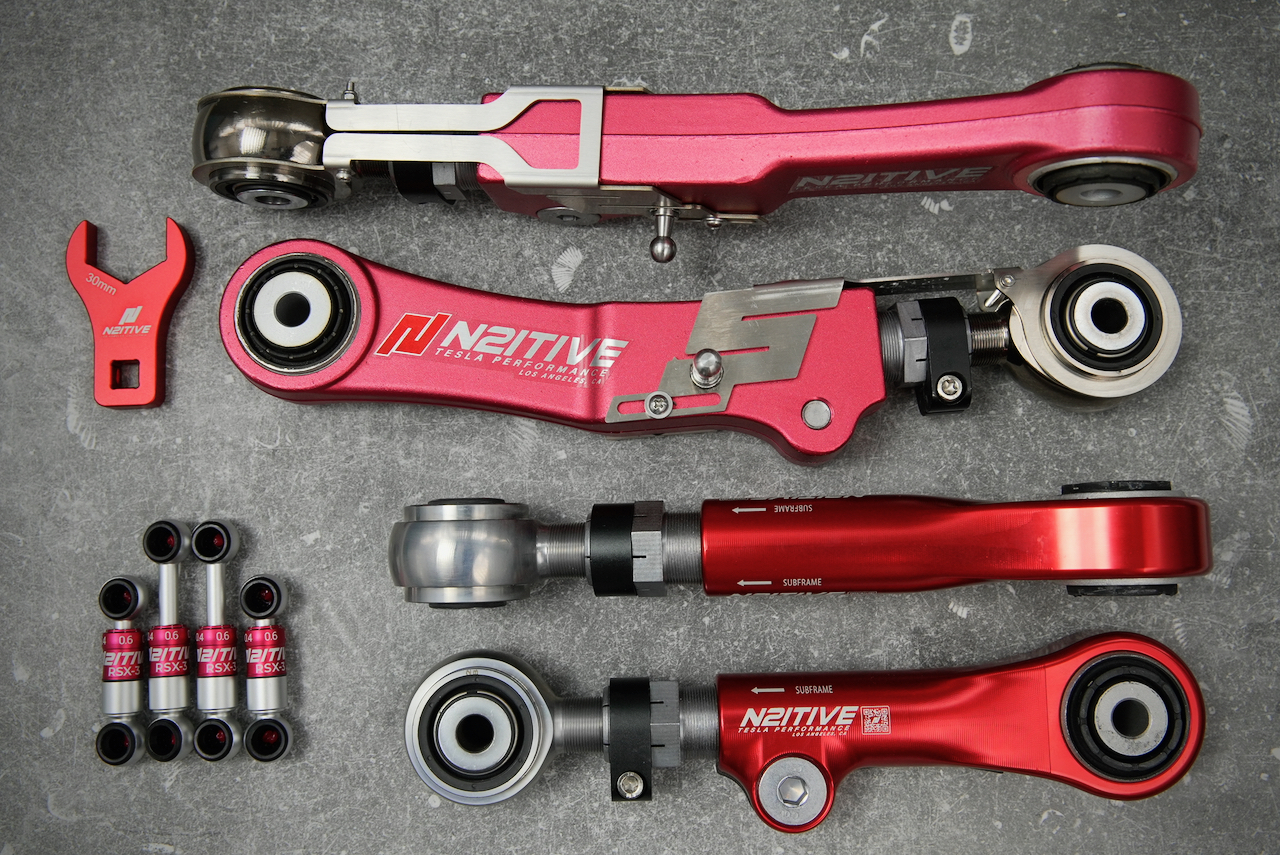I have recently acquired a 2022 Model X with about 17,000 miles on it. It clearly suffers from the dreaded acceleration shudder. I took it in yesterday for service for this issue, and today received the following on the app: "Verified customer concern with vibration during acceleration. During diagnosis, witnessed that the symptoms dissipate with time. After assessing the vehicle behavior and analyzing the underside of the vehicle and suspension components, it is in conclusion that this concern is currently being reviewed through engineering and currently the behavior does not hinder vehicle functionality or reliability. No part replacement is necessary at this time. Customer will be contacted if vehicle is needed to be serviced in the future for this concern."
So, they are totally blowing me off. What would you guys suggest I do? I have read numerous accounts of others with this problem having the half shafts replaced, sometimes repeatedly, apparently without having to argue or insist. I'm frankly stunned at them trying to get away with refusing to fix this problem caused by a known design flaw. This is the Tesla service center in south Austin, BTW.
(For what it's worth, I also asked to have something done about blotchy/uneven headlight beams, and they just said they're fine even though obviously they aren't.)
So, they are totally blowing me off. What would you guys suggest I do? I have read numerous accounts of others with this problem having the half shafts replaced, sometimes repeatedly, apparently without having to argue or insist. I'm frankly stunned at them trying to get away with refusing to fix this problem caused by a known design flaw. This is the Tesla service center in south Austin, BTW.
(For what it's worth, I also asked to have something done about blotchy/uneven headlight beams, and they just said they're fine even though obviously they aren't.)



